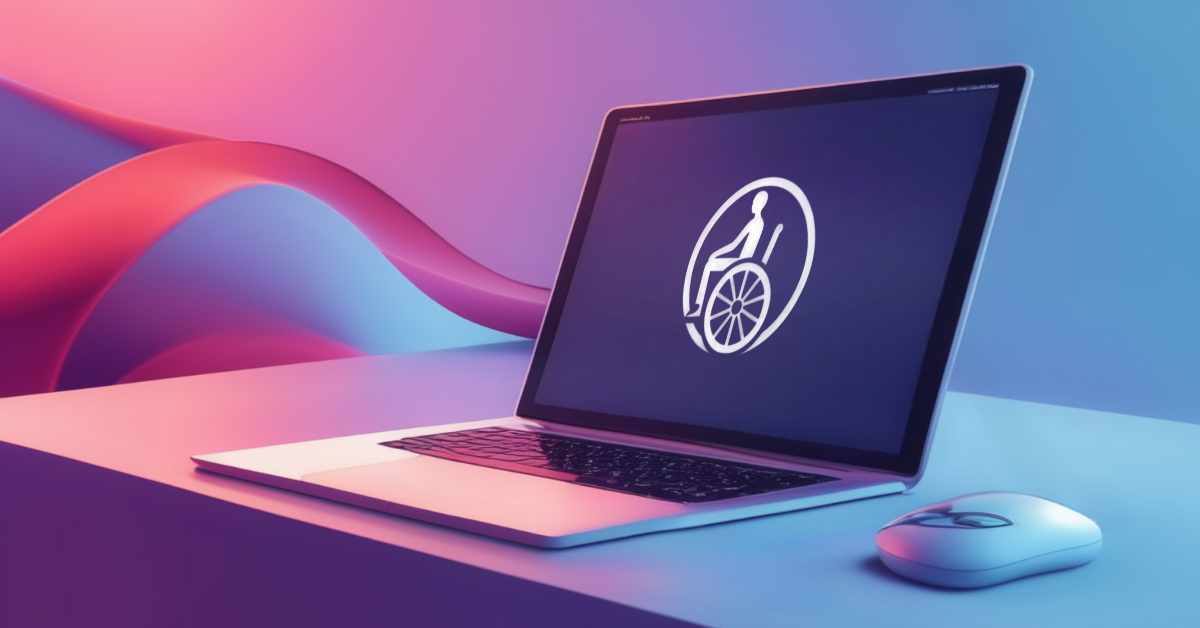Designing for Accessibility: Principles Every Designer Should Know

Creating art and design that is accessible to everyone is more than just a good practice—it’s a necessity. As artists and designers, our work should speak to the broadest possible audience, ensuring inclusivity and enhancing the user experience for all. Here are some key principles every artist should know about designing for accessibility.
1. Colour Contrast Matters
High colour contrast is crucial for those with visual impairments. Ensure text stands out against the background, and be mindful of colour choices. Tools like the Web Content Accessibility Guidelines (WCAG) contrast checker can help you select accessible colour combinations.
2. Text Alternatives for Images
Not everyone experiences visual content the same way. Providing text alternatives (alt text) for images ensures that screen readers can describe your visuals to those who are visually impaired. Alt text should be concise yet descriptive enough to convey the essential information.
3. Readable Typography
Choose fonts that are easy to read. Avoid overly decorative fonts for large blocks of text and ensure your typeface is legible at various sizes. Consider line spacing, text alignment, and the use of bold or italic styles to enhance readability without compromising clarity. Also ensure there’s plenty of white space around your text and that everything is well organized. As someone with a visual impairment, a cluttered layout with too much text in tight spaces can be difficult to read.
4. Consider Keyboard Navigation
Not everyone uses a mouse. Some rely on keyboards or other assistive devices. Ensure your designs are navigable through keyboard inputs. This includes providing visible focus indicators and logical tab orders.
5. Consistent and Predictable Layouts
Users with cognitive impairments benefit from consistent and predictable layouts. Repetition of navigation elements and a logical flow of information help users understand and interact with your design more effectively.
6. Use Descriptive Links
Links should clearly indicate their destination. Phrases like “click here” are ambiguous for those using screen readers. Instead, use descriptive text that conveys the link’s purpose or content. Search engines prefer descriptive links so they’re good for SEO as well.
7. Provide Subtitles and Transcripts
For audio and video content, always provide subtitles and transcripts. This not only aids those who are deaf or hard of hearing but also benefits users in noisy environments or those who prefer reading over listening.
8. Test with Real Users
Testing your designs with individuals who have disabilities provides invaluable insights. Tools and simulations can help, but real-world testing ensures your designs meet actual user needs.
9. Keep Learning and Updating
Accessibility standards and technologies are continuously evolving. Stay informed about the latest developments and be ready to adapt your designs. Resources like the W3C and accessibility-focused forums can be excellent sources of ongoing education.
Embracing Inclusivity in Design
Designing for accessibility doesn’t just enhance the user experience for those with disabilities; it improves the usability for everyone. By incorporating these principles, you can create art and designs that are inclusive, engaging, and accessible to all. Remember, the goal is to make your work as universally accessible as possible, ensuring everyone can appreciate and interact with your creative expressions. Happy designing!
Please feel free to add any other tips and suggestions for accessible design in the comments section below.






0 Comments